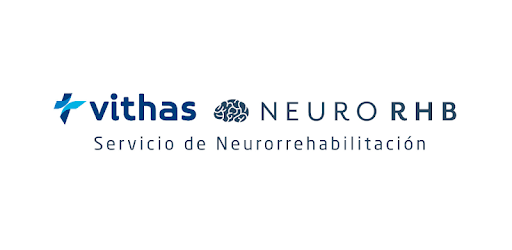

Agency
MCIN/AEI/10.13039/501100011033
Lab
Area
Years
Grant Number
Partners


Description
The RECOVER project will give birth to the first VR system for training activities of daily living after a DCA in highly ecological environments, facilitating the training of tasks that require the combined use of motor and cognitive skills in a virtualization of the environment of the patient (those stays where the task must finally be carried out), which will maximize the transfer of the improvements promoted by the training in the virtual environment to the execution of the real task. By means of an authoring tool, the system will allow importing photographs of the patients' rooms (kitchen, bathroom, room, etc.) and identifying objects (refrigerator, garbage, bed, sink, etc.), areas of storage (drawers, cabinets, etc.) and other interactive elements. The system will detect the movements of the subjects without the need for them to carry any type of sensor, however, unlike other systems, it will have its own tracking system that will take advantage of the latest advances in computer vision, artificial intelligence and deep learning to guarantee its precision and its functioning in neurological population. These characteristics will also allow the development of exercises dedicated to body assessment, unlike other systems, in functional movements, which will not only provide reliable information on spatiotemporal and kinematic parameters, but will also compare these results with those obtained by a comparable sample of healthy subjects.
The system will be controlled by a friendly and usable interface that will allow launching a session in the minimum possible time and dedicating the valuable time of each session to effective rehabilitation and not to the configuration of it. The design of the rehabilitation exercises, assessment, as well as the interface and the physical prototype of the system, will be led by clinical personnel with extensive experience in neurorehabilitation and in technological rehabilitation systems, which will allow solving some of the inherent problems of the current systems from the start, such as clinical utility, complexity of management, and integration into the hospital environment. Finally, the reliability of the body monitoring system, as well as the usability and effectiveness of the system to be developed, will be determined in various clinical studies, the result of which will be presented in specialized scientific journals and conferences. This rigorous evaluation of the system's capabilities and its proper dissemination, along with the system's low cost, portability, and usability, is expected to facilitate clinical acceptance of the commercial system.
Objectives of the project:
• Bring the patient's environment to the clinic to maximize the transfer of learning to the real environment, and thereby improve functionality. Through a real photo taken of a part of the patient's home, the therapist will be able to define and select the areas of interaction.
• Allow the training of motor and cognitive skills in a global and combined way, as required by real life activities.
• Allow reliable and robust detection of body movements without the need for portable technology, based on computer vision techniques and artificial intelligence (deep learning).
• Determine the effectiveness of the developed system in motor and cognitive function, as well as in functionality, and determine the transfer of the improvements obtained in training to real life.
• Obtain a portable system that can be transported and stored, adapting to the needs of each moment. The management of the system will be simple and oriented to the clinical staff and will be carried out through a usable interface. The cost of the experimental prototype will remain at low cost, which will facilitate its production and acquisition by smaller rehabilitation centers.
• Give rise to scientific publications that will be published in high impact journals.
